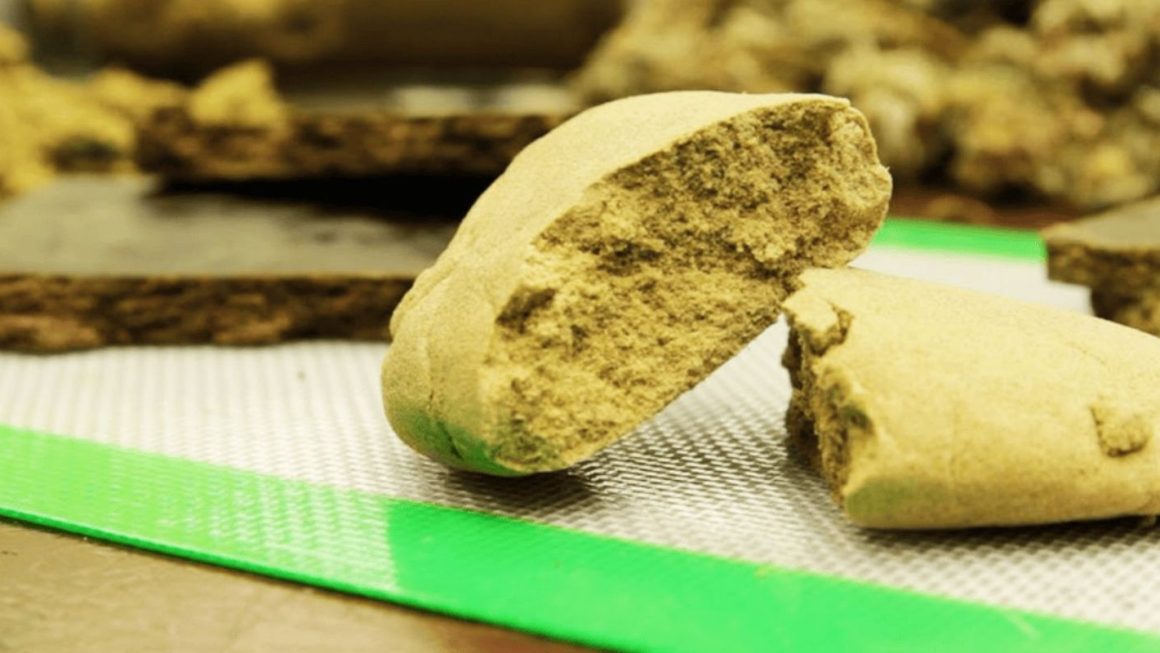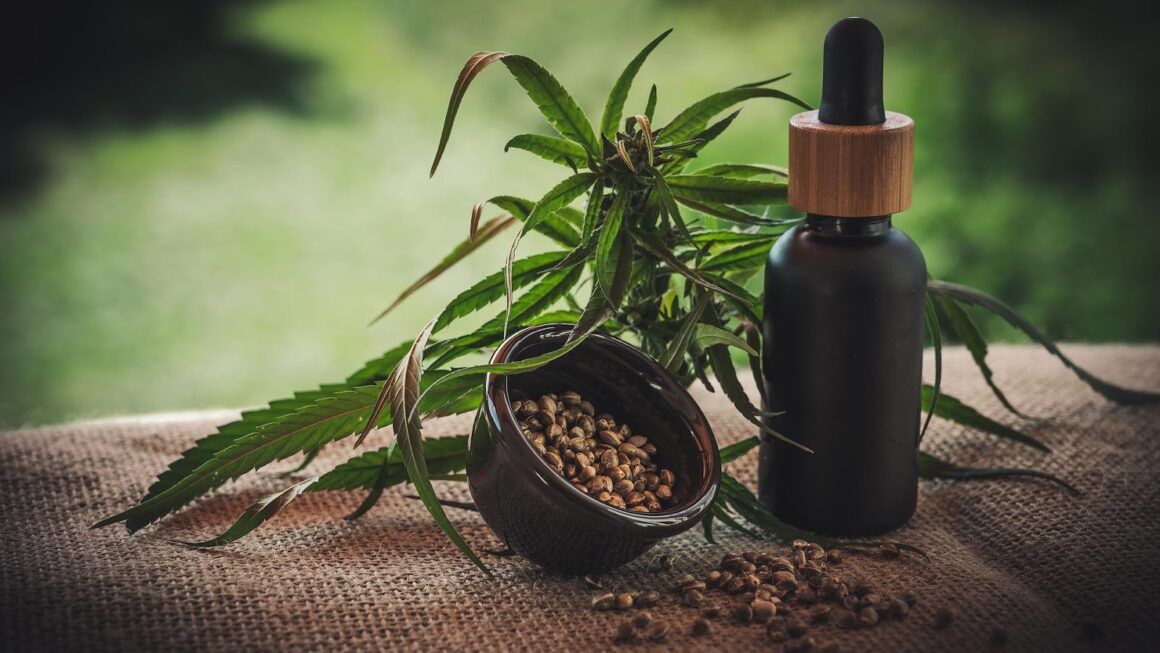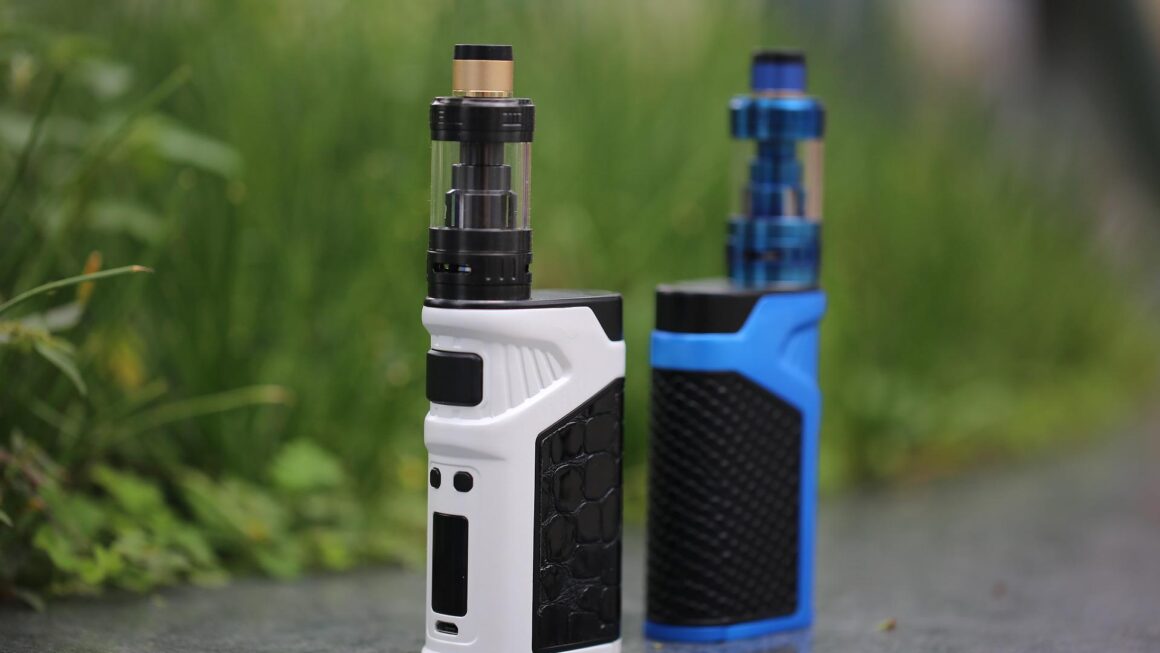Just when researchers believe they’ve discovered cannabis, it brings something new to the table. Before, CBD was the main talk of the medical and fitness industry. Now, thanks to further investigation, scientists have found other compounds. Some of them are CBG and CBC.
Of course, both compounds have their characteristics and benefits. It’s easy to get confused if you’re new to cannabis and cannabinoids.
Most people assume that weed and its compounds are toxic, losing out on valuable medicinal properties in the process. You don’t have to be among them. The article below explains what is CBC and more.
Cannabinoids: What Are They?
Cannabinoids are chemical compounds that work with your body’s endocannabinoid structure (ECS). The ECS balances and controls countless body functions in the body, including:
- Immunity
- Memory
- Appetite
- Communication between cells
- Metabolism
Cannabinoids are created in cannabis in a sticky structure called glandular trichomes. Experts categorize them into three groups:
- Artificial cannabinoids- experts produce them in laboratories
- Endocannabinoids- your body makes them naturally
- Phytocannabinoids- they naturally occur in pot

Different Classes of Cannabinoids
Scientists group them into major and minor phytocannabinoids. Major phytocannabinoids include CBD and THC (delta-9 tetrahydrocannabinol). Minor cannabinoids appear in tiny amounts in weed. They include:
- Cannabidivarin (CBDV)
- Cannabinol (CBN)
- Cannabidiolic acid (CBDA)
- Tetrahydrocannabivarin (THCV)
- Cannabichromene (CBC)
- Cannabigerol (CBG)
About Cannabichromene
CBC is among the over a hundred compounds in cannabis. It has major anti-inflammatory characteristics. It’s manufactured in pot’s glandular trichomes and has possible therapeutic features. Its origin is pretty similar to that of CBG and THC.
Just like THC and CBG are predecessors of CBG, cannabichromene is from the non-acidic form of CBG.
What CBD Is
CBD (cannabidiol) is the second-most occurring compound in cannabis. Investigators and users hail it for its non-psychoactive characteristic, i.e., it won’t get you ‘high.’ Specialists believe it might treat various conditions like:
- Acne
- Obesity
- Insomnia
- Fibromyalgia

How About Cannabigerol?
CBG is the most abundant cannabinoid after CBD and THC. It’s manufactured early in the weed’s development cycle. Most individuals refer to it as the ‘mother of all compounds’ since experts obtain other cannabinoids from cannabigerolic acid- an acidic form of cannabigerol.
Tips on Using Cannabinoids
There are some pointers you can use to help you maximize your experience with the above compounds. First of all, the only way to discover what suits you is by taking them in regulated amounts.
Also, use them in their natural form- whole plant medicine. Any other type may not be as effective since they may be diluted. Lastly, be consistent in your ingestion even if you don’t notice any immediate changes.
What Differentiates Cannabichromene From Cannabidiol and Cannabigerol
Several factors set aside CBC from CBG and CBD. The essential ones are:
Interaction With Receptors in Your Body
CBD and CBG interact with CB1 and CB2 sense organs in the endocannabinoid system. Cannabidiol mingles with the receptors indirectly. It stimulates them. You can get CB1 sense organs in the brain and CB2 receptors in your immune structure.
However, CBC binds to other receptors in your frame- specifically the transient receptor potential ankyrin 1 (TRPA1) and vanilloid receptor 1 (TRPV1), which researchers link to pain reception.
Molecular Structure
Cannabinoids have a similar molecular structure. They contain 21 carbon atoms, 30 hydrogen atoms, and 2 oxygen atoms (C21H30O2). The only difference in their designs is the way the atoms are arranged.
For instance, THC has a double bond between its 9th and 10th carbon atoms. However, cannabichromene has a triple bond between its 8th and 9th carbon atoms.
Therapeutic Potential
CBD, CBC, and CBG share similar therapeutic potential. CBD is the most investigated cannabinoid. However, studies on CBC are fewer. Researchers believe CBC might help manage chronic pain, inflammation, and anxiety. CBG may be effective in managing glaucoma and could treat bowel diseases and cancer.
Pharmacology
CBC has a pharmacological profile that’s different from both cannabidiol and CBG. Here are the key differences:
CBD is a partial agonist of the CB1 receptor. It has a higher binding affinity for the CB2 receptor- making it more effective in treating inflammation and pain. CBC is a full agonist of the CB2 receptor. It has a lower binding affinity for the CB1 receptor- making it more effective in treating anxiety and depression.
CBG is a neutral antagonist of the CB1 receptor. It has a higher binding affinity for the CB2 receptor- making it more effective in treating inflammation and pain. CBC is a full agonist of the CB2 receptor. It has a lower binding affinity for the CB1 receptor- making it more effective in treating anxiety and depression.
Effect on Inflammation
CBD suppresses inflammatory cytokines and reduces oxidative stress- two critical factors in chronic inflammation. CBG also suppresses pro-inflammatory cytokines. However, it’s more effective than CBD in reducing oxidative stress.
CBC isn’t as strong as CBG and cannabidiol when it comes to managing swelling- unless you use it with other cannabinoids.
Conclusion
CBC, CBD, and CBG are unique compounds in their own right. Each has a special role to perform in your body. They’re safe, non-psychoactive, and legal on a federal level (as long as they have less than 0.3% THC).
The more reason for you to try them today in moderation if you haven’t already. You can then increase your dose once your body gets used to them.



